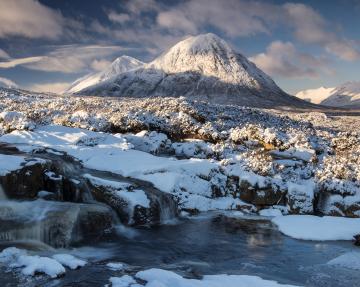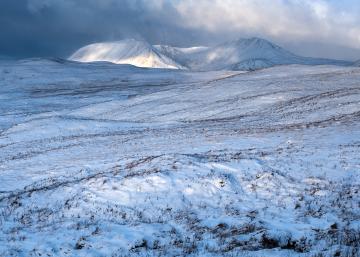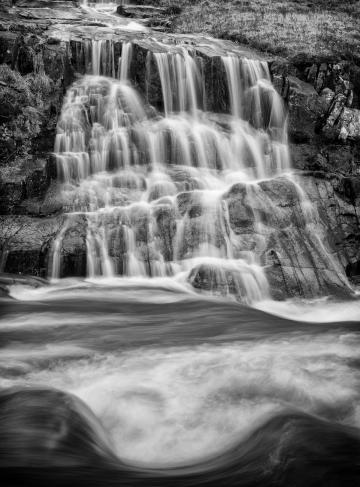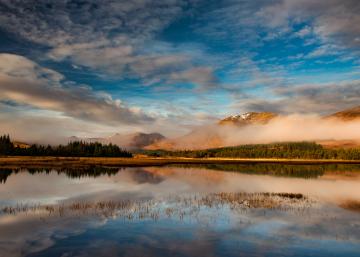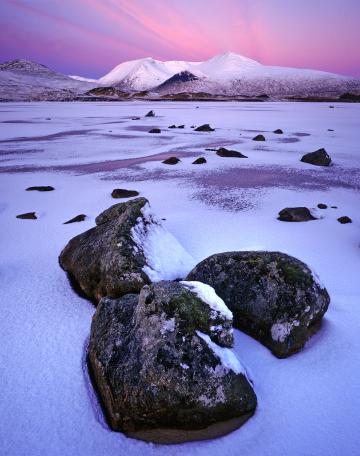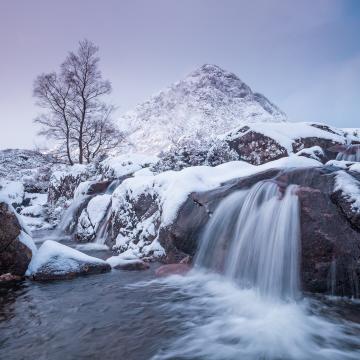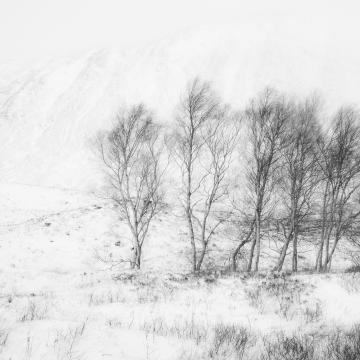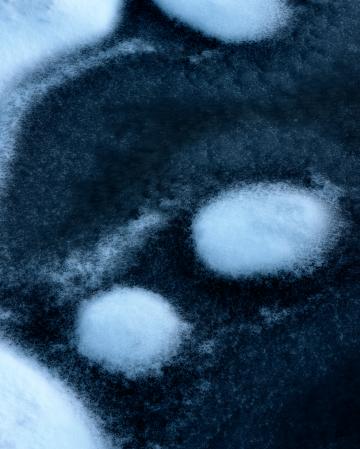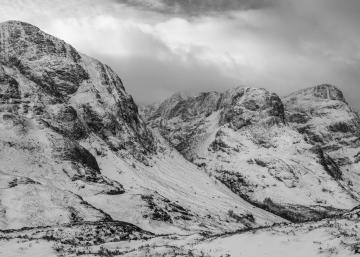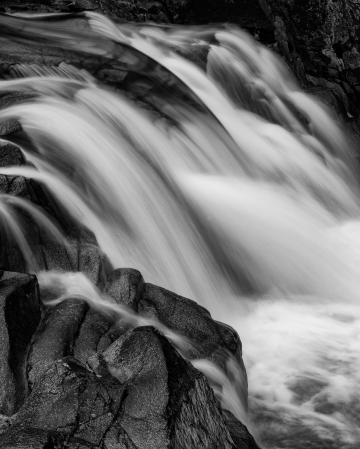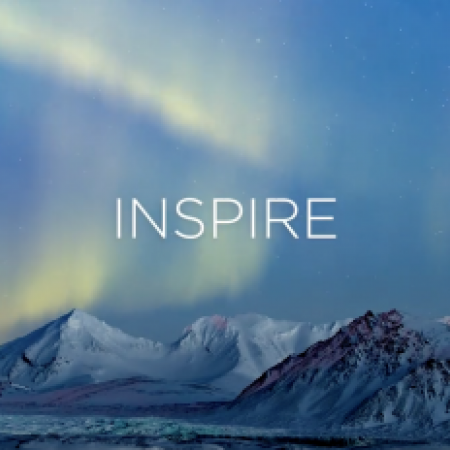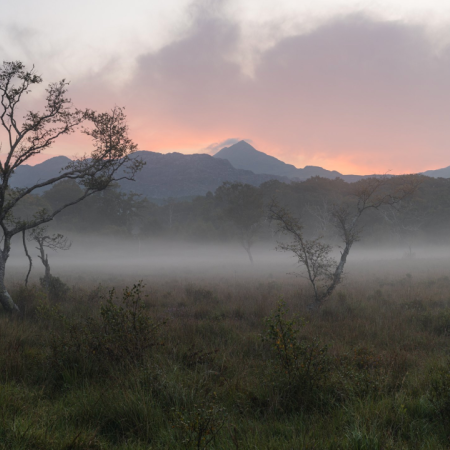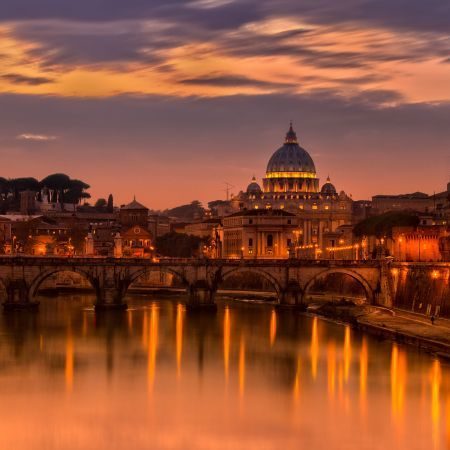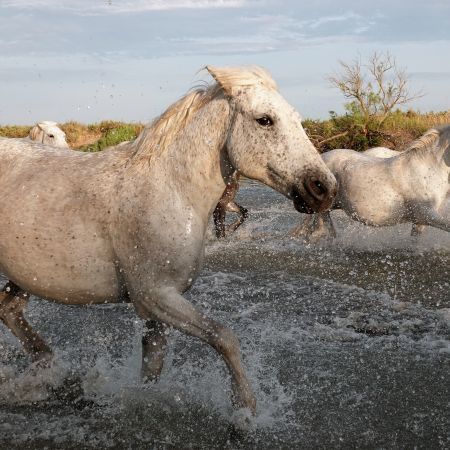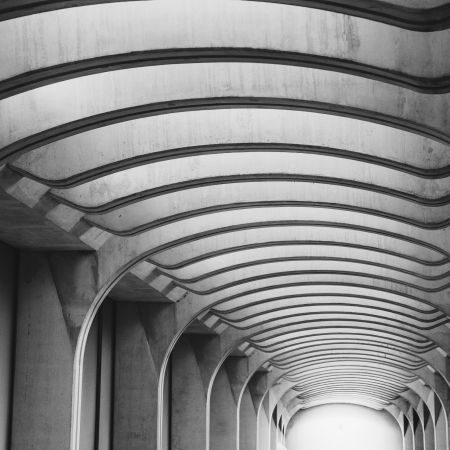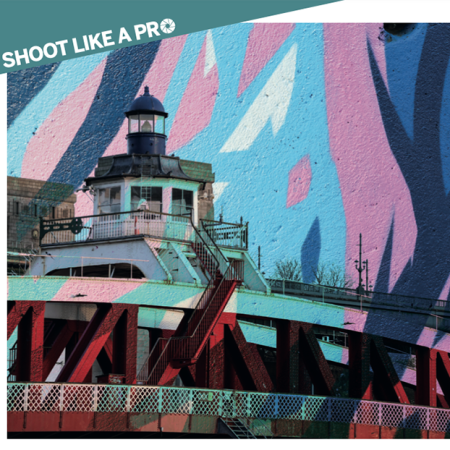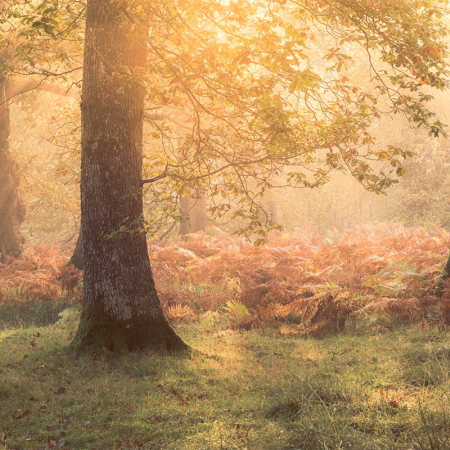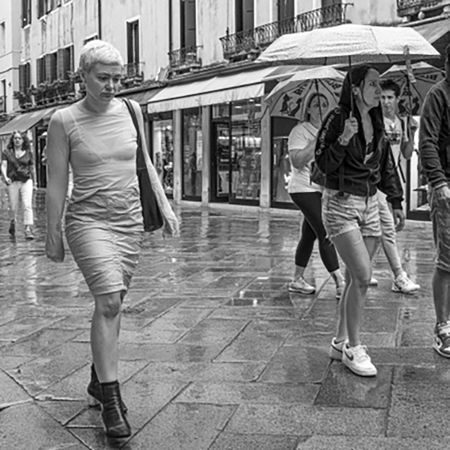Light & Land
7 tips for taking great winter photographs
1st December 2017
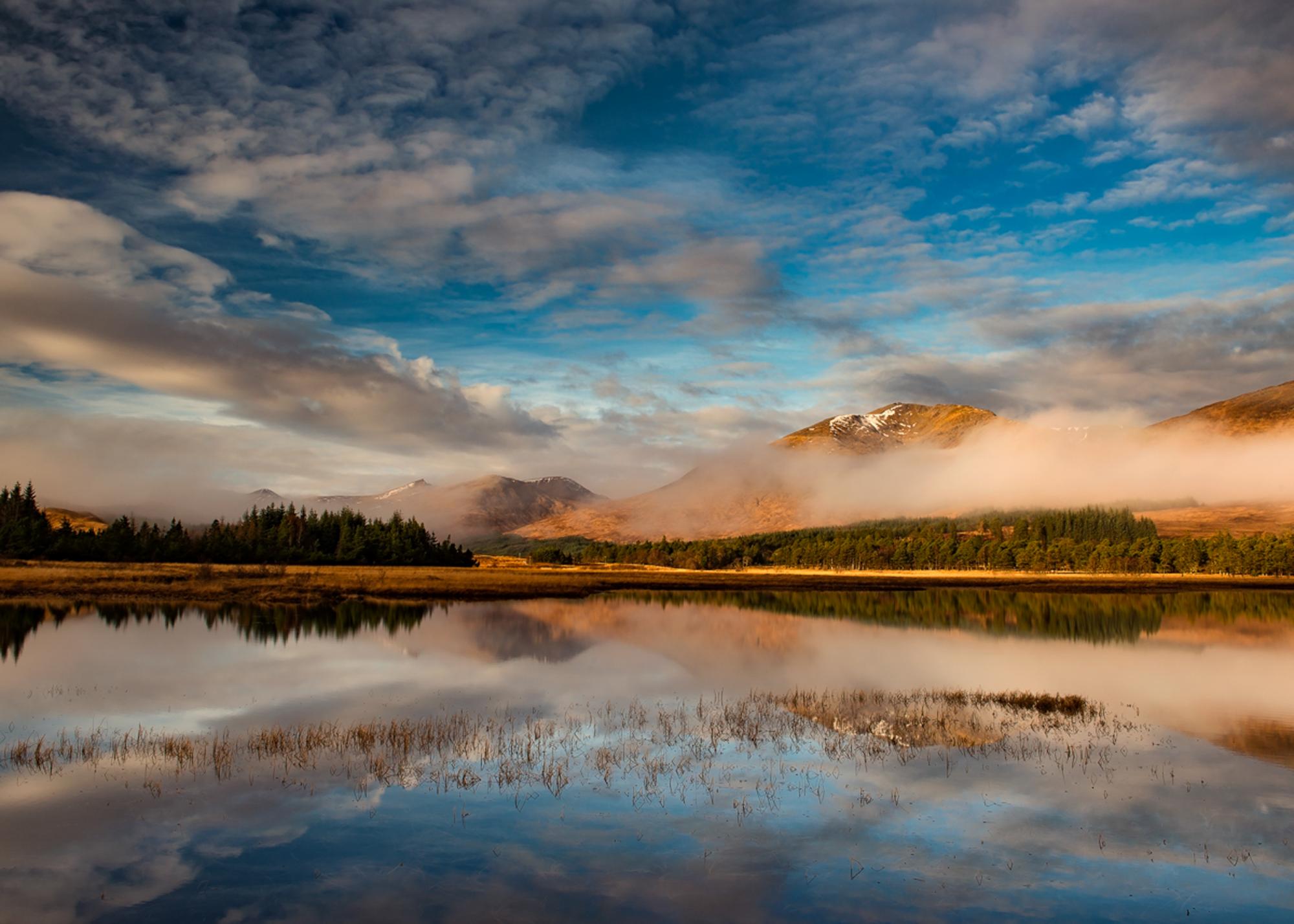
By Phil Malpas
I really love photographing in the UK's mountainous areas. We're so fortunate to have some of the world’s greatest scenery right on our doorstep. Even better for me is when this majestic scenery is transformed during winter into a magical wonderland that cries out to be photographed, as in places like Glencoe in Scotland.
For me, winter not only enhances the big view, but snow and ice can offer an infinite number of compositions, particularly in the details where frozen streams, waterfalls, water , trees and rocks suddenly reveal a myriad of intricate patterns and forms.
Over the past 11 years, I’ve been lucky enough to travel to Glencoe each January to lead photographic workshops for Light & Land. It's always a highlight of my year and something I really look forward to. I feel that the mountains call me back each year, a call that I can’t ignore. Their beauty and majesty is simply awesome. I feel that the mountains call me back, a call that I can’t ignore. Their beauty and majesty is simply awesome.
If you would like to try your hand at mountain photography in winter, these tips will to help you make the most of this wonderful time of year for photography.
1: Safety first
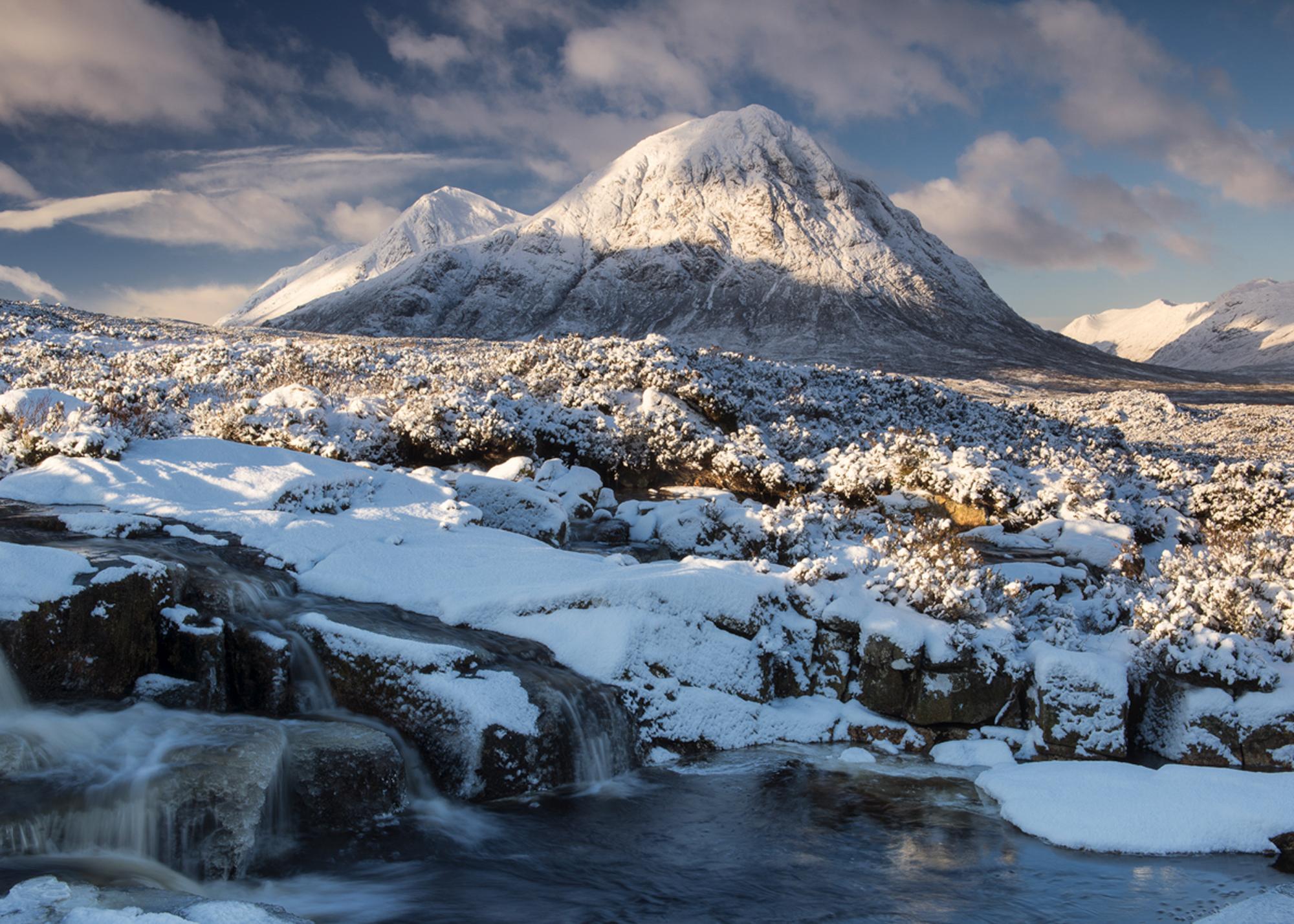
Mountains can be dangerous places in the best of weather, but accessing them in winter is a completely different proposition. You need to take responsibility for your own safety, which includes making sure you have correct clothing and footwear.
If you intend to be out in the mountains alone, always make sure someone knows your intended route and what time you expect to return. Allow more time to do practically everything, and make sure you have access to a good local weather forecast. I always use MWIS (Mountain Weather Information Service).
Be prepared for the worst. In a situation where a twisted ankle can be life-threatening, you need to be able to keep yourself warm and be able to contact help if at all possible.
2: Keep comfortable and warm
If you're going to get great images, it's important that you're comfortable in your environment. That means making sure you have suitable clothing that keeps you warm and dry, and always wearing a hat and gloves. Mittens are excellent, but they can make it difficult to work the camera, so some thin interior gloves can be of benefit when you’re working on those award-winning compositions.
I always use clothing that's lightweight and durable. Multiple layers are always a benefit, and your camera bag should include sufficient space to carry extra clothing, if needed.
In cold conditions, I always use disposable hand-warmers that look like tea bags and give out heat for several hours. It is amazing how your whole body feels warm if your hands are warm.
3: Think about your white balance
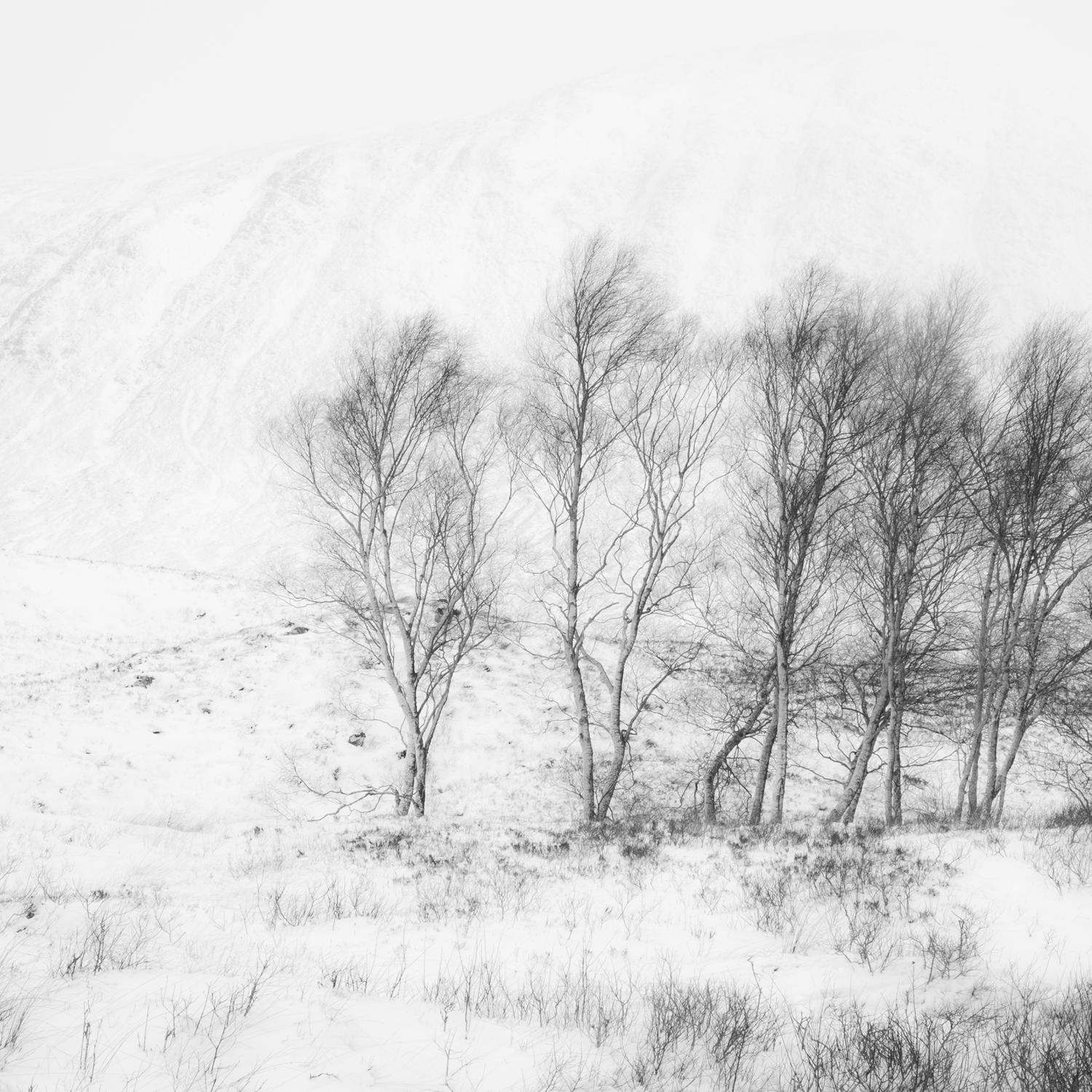
Snow and ice have a marvelous tendency to reflect light, and, in particular, fresh snow in the shade under a blue sky will take on a beautiful blue shade. The trouble is that if you are using ‘Auto White’ balance, your camera will try and remove this colour cast for you by making the brightest part of your image neutral in colour.
Be prepared to experiment with all your white balance settings at the photo-taking stage to make sure you don’t turn your back on what could have been a fantastic image.
4: Consider using filters
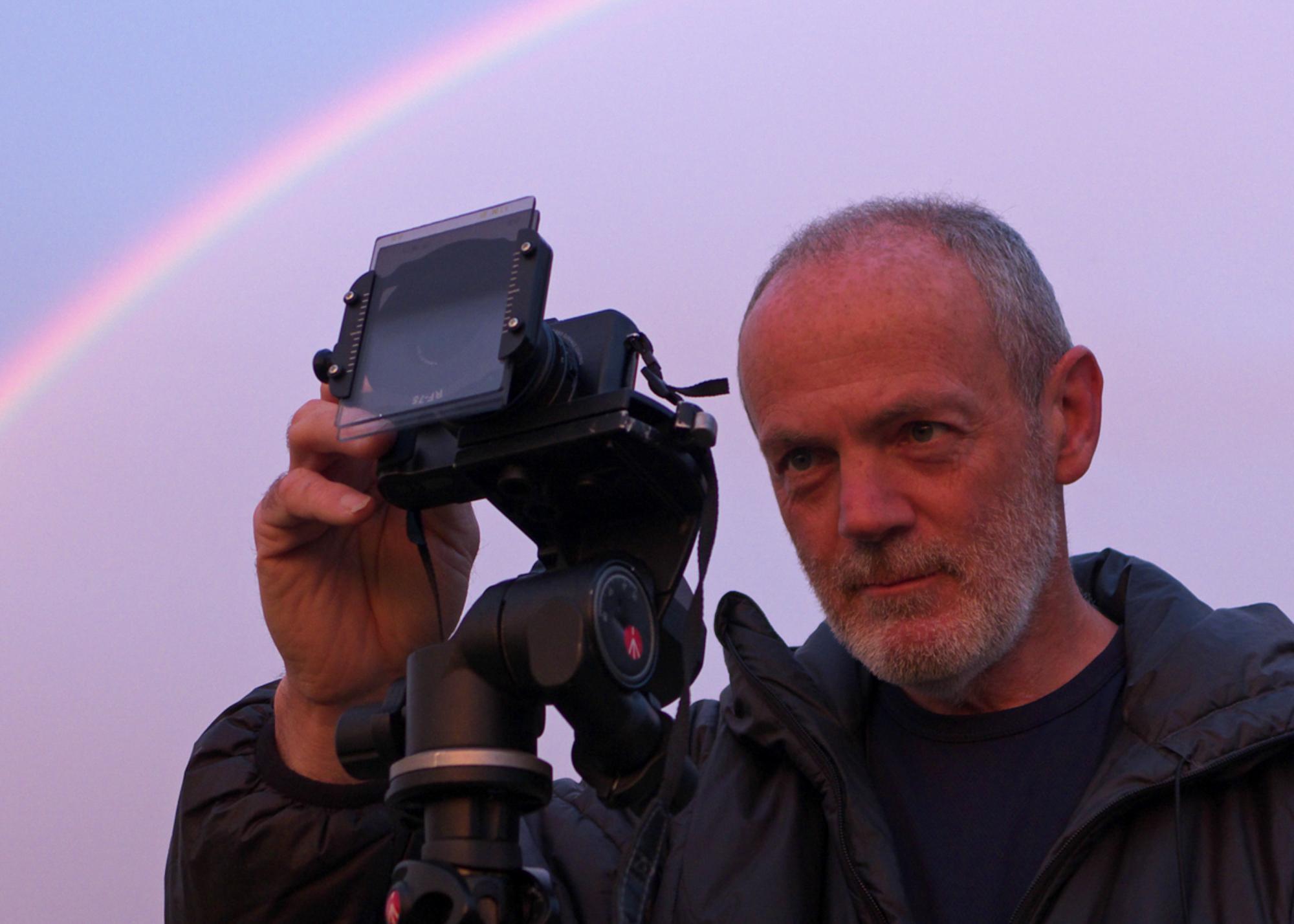
It always worth considering using a polarising filter, no matter the direction you are shooting, relative to the light. A polariser can reduce glare. When oriented properly, it will block partially polarised light from entering the camera. This can really help with reducing those annoying highlights.
I also have a full set of LEE Neutral Density graduated filters at my disposal. Remember that these can be used in any orientation, so if the brightest part of your composition is at the bottom, then use them from the bottom up.
5: Check your histograms
Getting the right exposure can be tricky when everything in front of you is white. Make sure you check your histogram for each shot, exposing to the right whenever possible. Typically, this may require you to dial in some positive exposure compensation, anything up to a couple of stops to make sure that the wintry conditions are captured accurately.
It is always a good idea to have your camera’s ‘Exposure Warning’ (commonly known as 'blinkies') set to warn you if you have pushed the exposure compensation too far.
Make sure your camera is set to capture RAW files. It is surprising how much highlight detail you can recover in post processing.
6: Look after your batteries
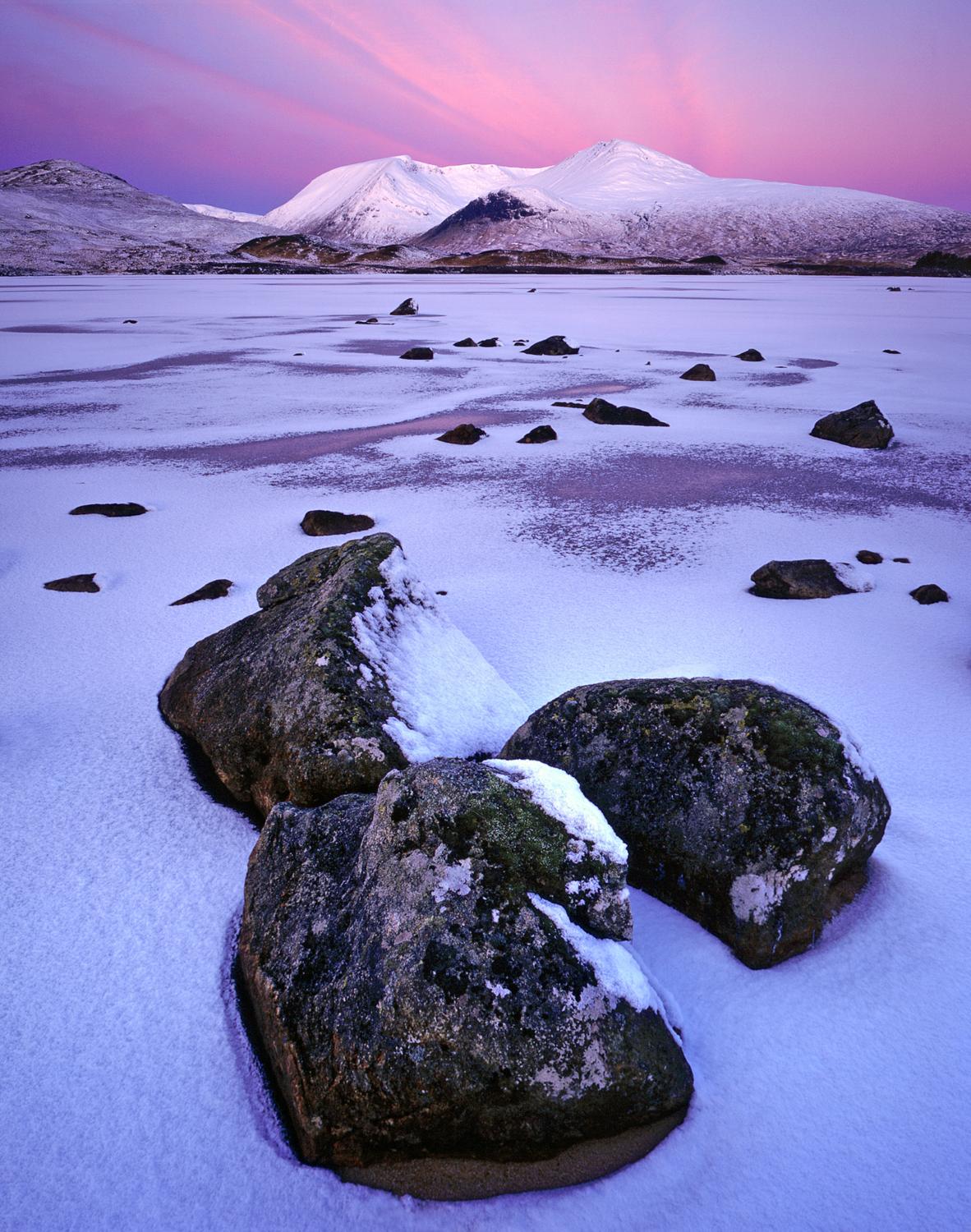
Camera battery technology has improved immensely in recent years. Even so, extreme cold can be punishing for your batteries. The last thing you want is to run out of power just as the light is getting good.
Always carry some spare batteries with you and, if possible, keep them in a warm inside pocket, rather than in your camera bag. You may even find that a battery that says it is out of charge will perk up if you warm it up for a short time.
In extreme conditions, you could even consider keeping some of those hand warmers in your pocket with your spare batteries.
7: Deal with your damp camera gear
When you have completed a magical winter’s day in the mountains, it's likely that your camera equipment will be very cold and potentially damp .
Once you return to a warm dry environment, I recommend removing everything from your camera bag and laying it our carefully to slowly warm up and dry out at room temperature. After an hour or so, all your equipment will be ready to re-pack for your next wintry photography adventure.
_
Phil Malpas will be guiding a Winter Wonderland of Glencoe, Scotland tour, along with photographer Clive Minnitt, from Jan 8-12. See www.lightandland.co.uk/winter-in-glencoe for details.
Phil will also be leading with Light & Land photography holidays and workshops in Vietnam, Isle of Sark, Venice, Tuscany and Scotland in 2018. See www.lightandland.co.uk/photography-tour-tutors/view/philip-malpas.
Phil Malpas is a professional photographer and author of Capturing Colour. For more on his photography, see www.philmalpas.com.
All photos taken by Phil Malpas and Clive Minnitt.

